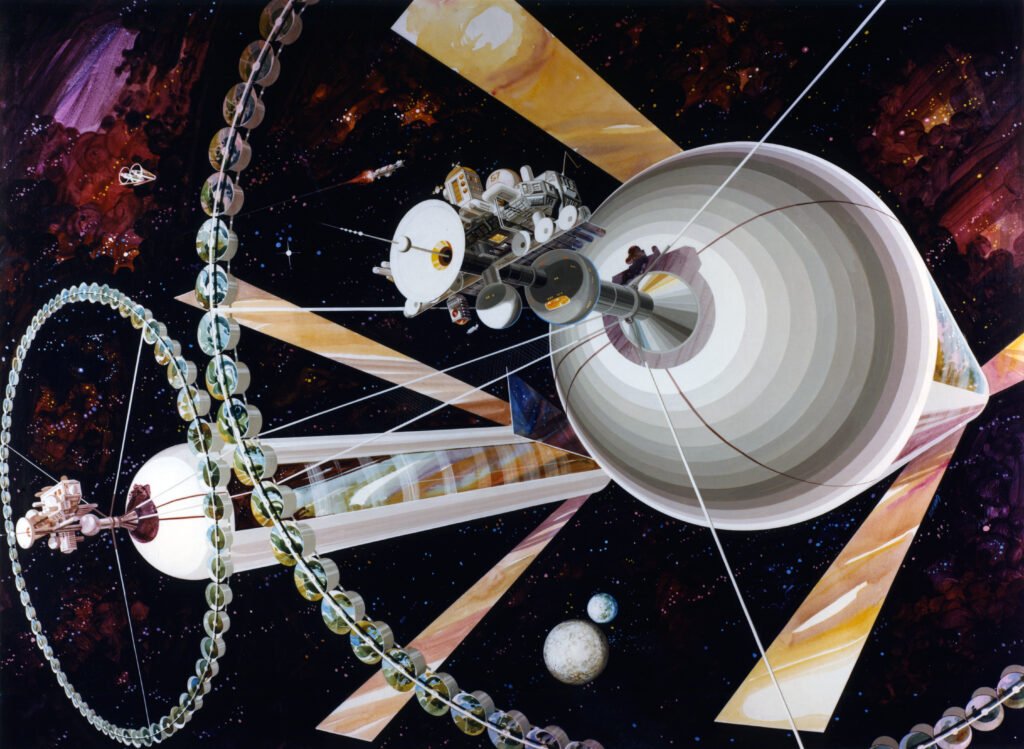Right now, somewhere in the vast darkness of space, robotic explorers are pushing the boundaries of what we thought possible. These aren’t just machines floating in the void – they’re our ambassadors to worlds we’ve only dreamed of visiting. The next decade promises to deliver missions so ambitious, so revolutionary, that they could fundamentally change how we see our place in the universe. From drilling into alien ice to capturing pieces of Mars and bringing them home, these seven missions represent humanity’s boldest leap into the cosmic unknown.
The Europa Clipper Mission: Diving Deep Into an Alien Ocean
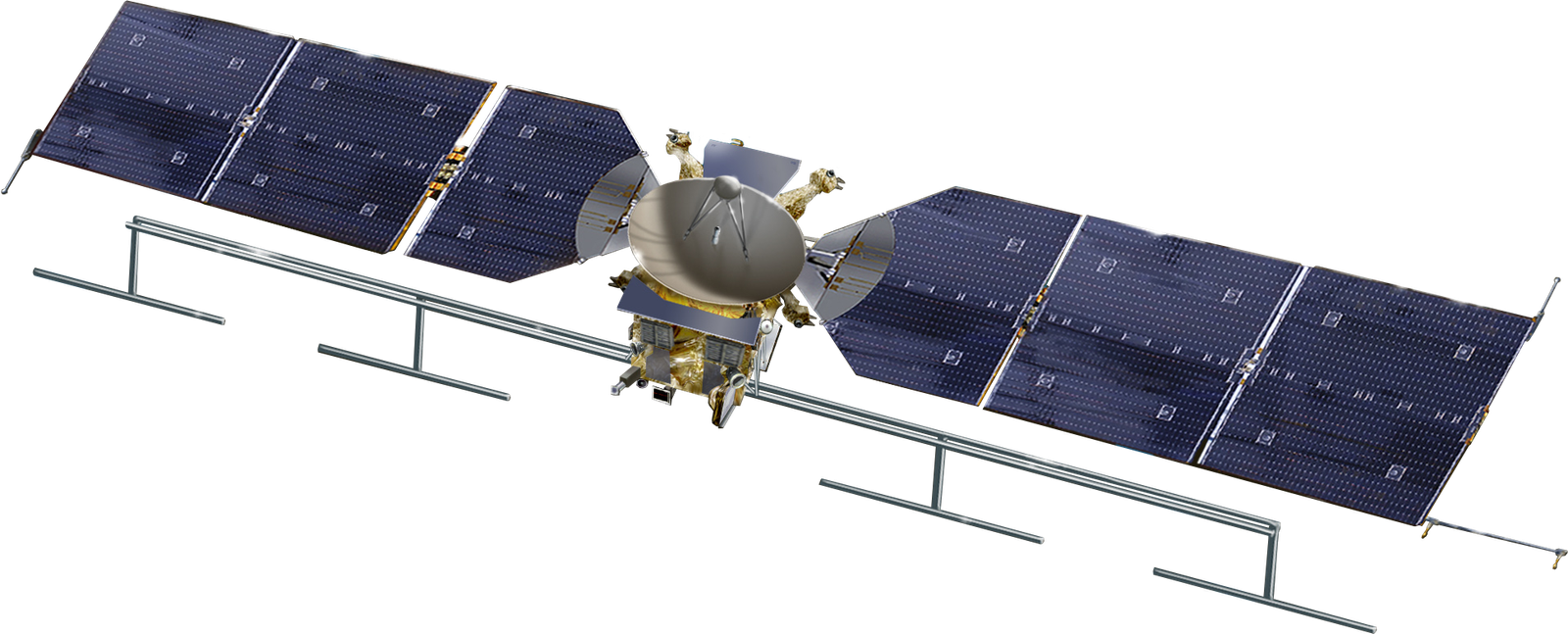
Imagine an ocean that’s been hidden beneath miles of ice for billions of years, potentially harboring life forms we can’t even imagine. That’s exactly what Europa Clipper aims to explore when it reaches Jupiter’s moon Europa in the 2030s. This $5 billion mission will fly by Europa nearly 50 times, using powerful radar to peer through the moon’s icy shell and map the ocean beneath. The spacecraft carries nine sophisticated instruments designed to analyze the moon’s surface composition, measure the thickness of its ice shell, and search for plumes of water vapor erupting from the surface. What makes this mission truly groundbreaking is its potential to answer one of humanity’s most profound questions: are we alone in the universe?
Mars Sample Return: Bringing the Red Planet Home
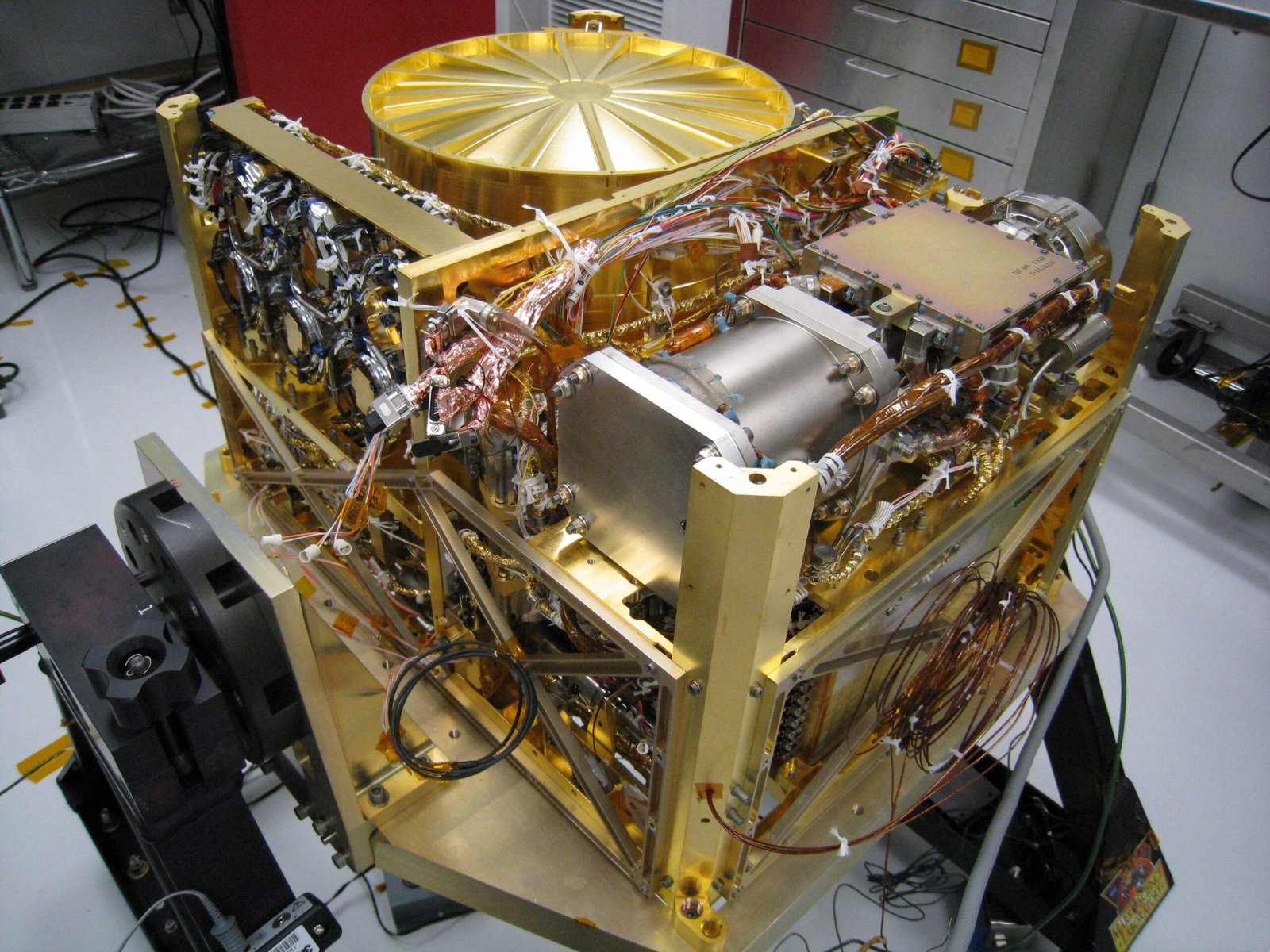
For the first time in human history, we’re about to bring pieces of another planet back to Earth. The Mars Sample Return mission, a collaboration between NASA and the European Space Agency, represents the most complex robotic mission ever attempted. The Perseverance rover has already been collecting samples and storing them in sealed tubes scattered across Mars’ surface. Now, a sophisticated retrieval system will collect these samples, launch them into Mars orbit, and eventually deliver them to Earth by the early 2030s. Scientists will finally be able to study Martian rocks and soil with the full power of Earth’s most advanced laboratories, potentially discovering signs of ancient microbial life that once called Mars home.
Artemis Program: Humanity’s Return to the Moon
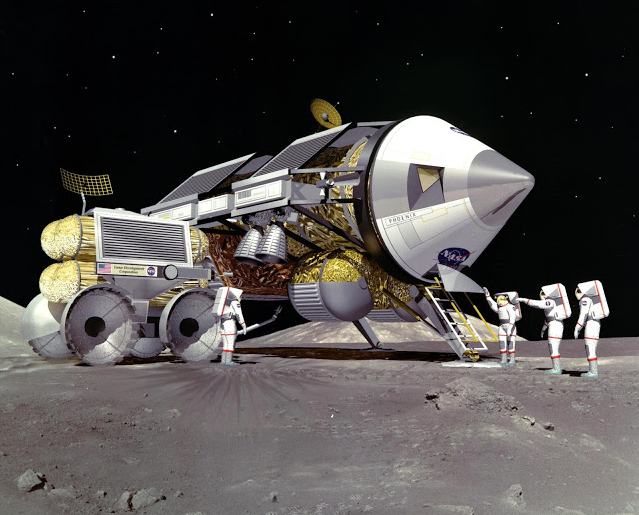
The Moon is about to become humanity’s second home, and the Artemis program is making that vision a reality. Unlike the Apollo missions that focused on quick visits and scientific exploration, Artemis is designed to establish a permanent human presence on the lunar surface. The program includes plans for a lunar base, mining operations to extract water and other resources, and even a space station orbiting the Moon called the Lunar Gateway. What’s particularly exciting is that Artemis will land the first woman and the first person of color on the Moon, making this truly a mission for all of humanity. The knowledge gained from living and working on the Moon will serve as a crucial stepping stone for eventual human missions to Mars.
James Webb Space Telescope: Peering Into the Dawn of Time
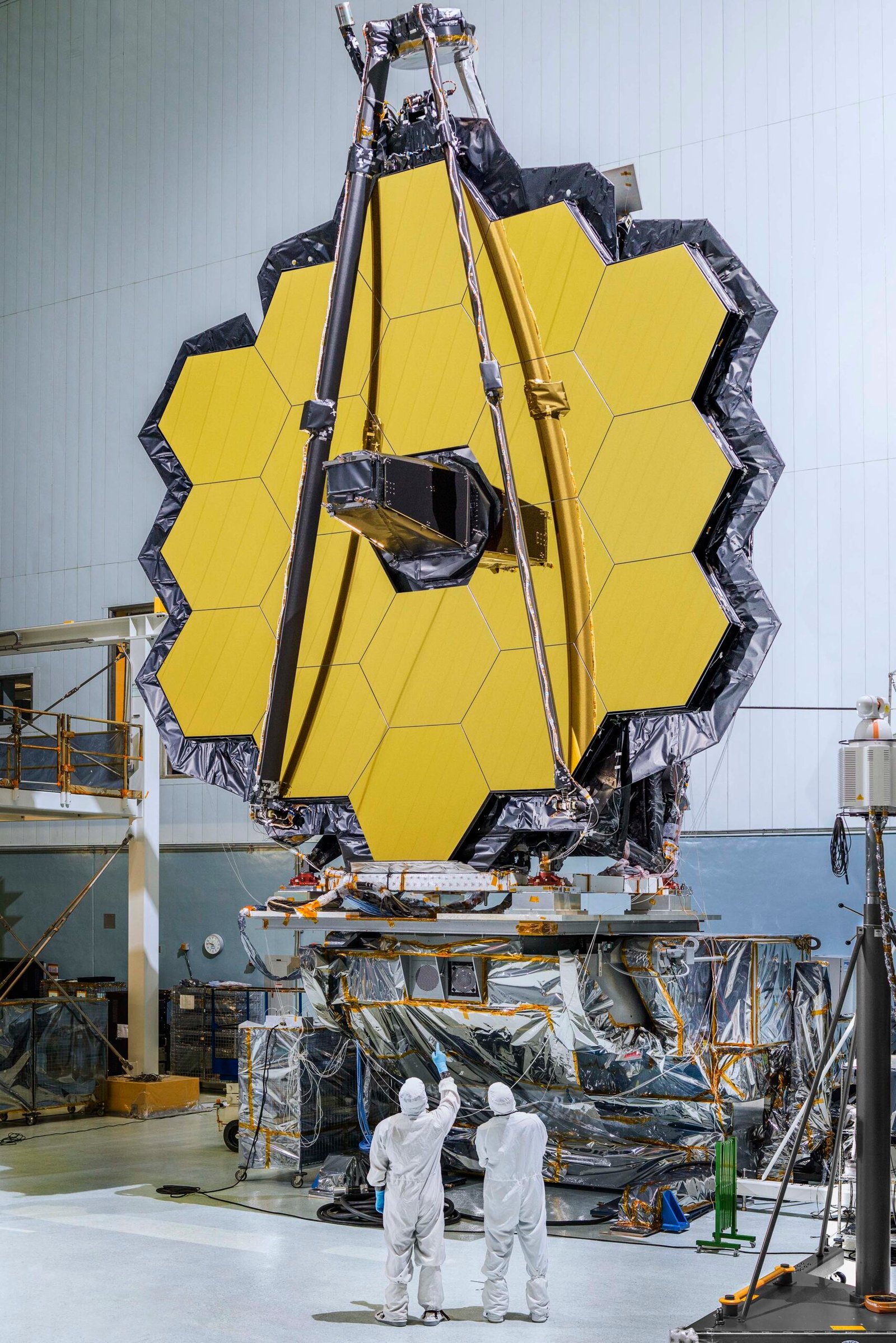
The James Webb Space Telescope has already revolutionized our understanding of the universe, but its most incredible discoveries are still ahead. This marvel of engineering can literally look back in time, observing galaxies that formed just a few hundred million years after the Big Bang. The telescope’s infrared vision allows it to see through cosmic dust and observe the birth of stars and planets in unprecedented detail. Recent discoveries have already challenged our understanding of how quickly galaxies formed in the early universe, and scientists expect even more surprising revelations in the coming years. The telescope will also analyze the atmospheres of exoplanets, searching for signs of water vapor, oxygen, and other potential indicators of life.
Dragonfly Mission: A Nuclear-Powered Drone on Titan
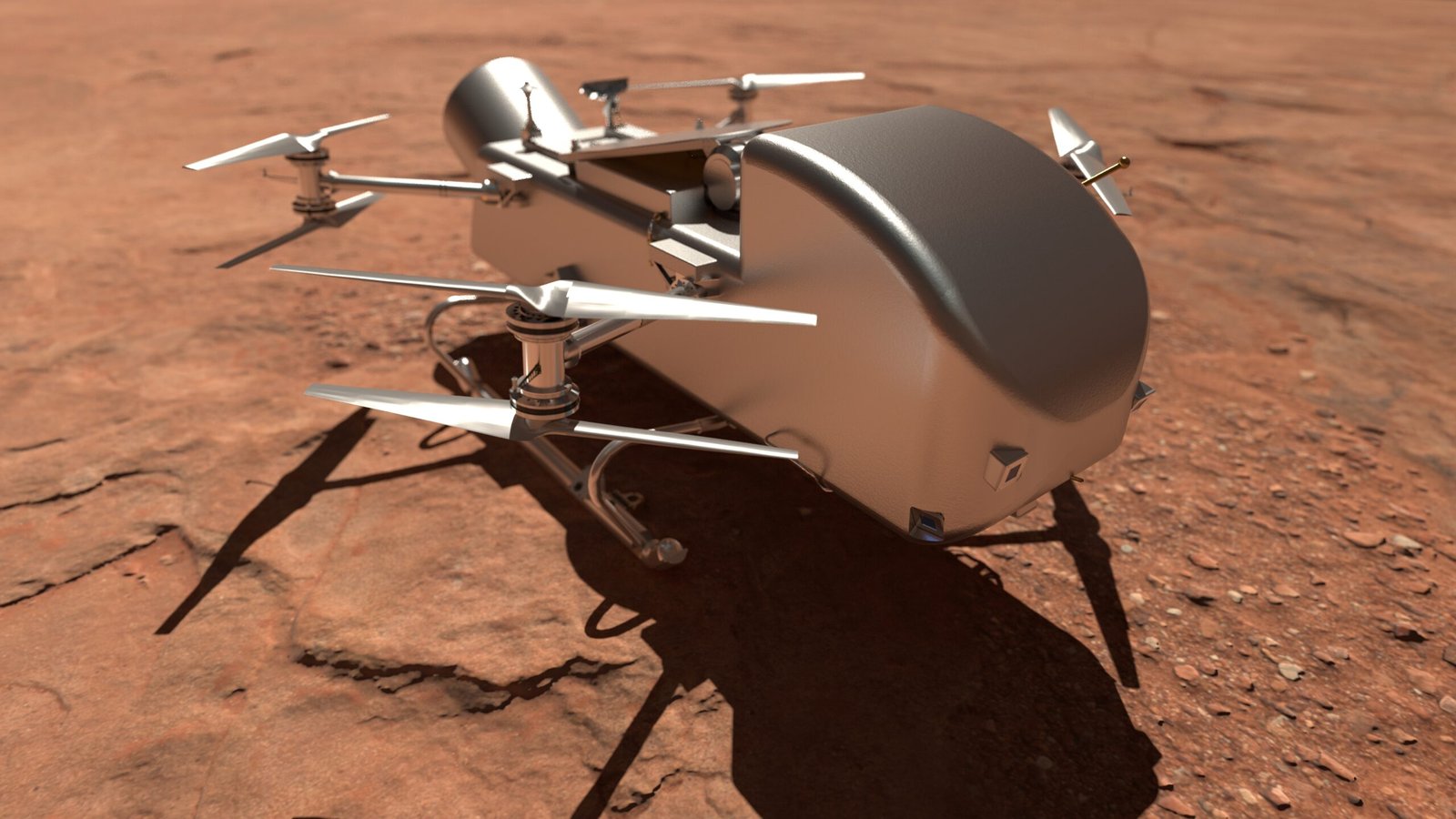
Picture a drone the size of a small car, powered by nuclear energy, flying through the thick atmosphere of Saturn’s largest moon. That’s exactly what the Dragonfly mission will accomplish when it arrives at Titan in 2034. This rotorcraft will explore Titan’s diverse landscapes, from hydrocarbon lakes to organic sand dunes, searching for signs of life in an environment that might resemble early Earth. Titan’s dense atmosphere and low gravity make it an ideal world for powered flight, allowing Dragonfly to cover hundreds of miles during its mission. The moon’s surface is rich in organic compounds and liquid methane, creating a natural laboratory for studying the chemistry that might have led to life on Earth billions of years ago.
Lucy Mission: Chasing Ancient Asteroids
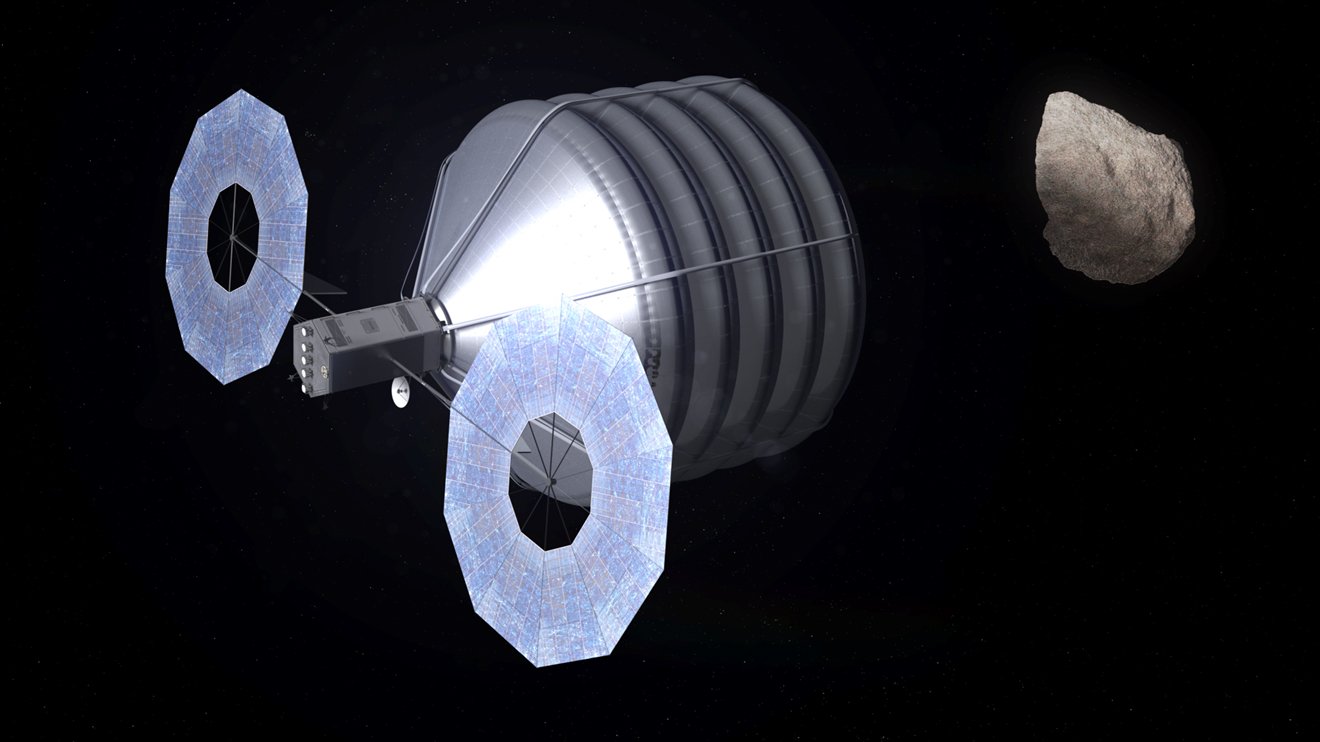
The Lucy spacecraft is currently on an epic 12-year journey to visit eight different asteroids, including seven Trojan asteroids that share Jupiter’s orbit around the Sun. These ancient space rocks are like time capsules from the early solar system, preserved in the cold depths of space for over 4 billion years. By studying these asteroids, scientists hope to understand how the planets formed and evolved during the chaotic early days of our solar system. The mission is named after the famous fossilized human ancestor “Lucy,” because these asteroids might provide similar insights into the origins and evolution of our cosmic neighborhood. Each asteroid Lucy visits will reveal new clues about the building blocks that eventually came together to form Earth and the other planets.
Breakthrough Starshot: Reaching for the Stars
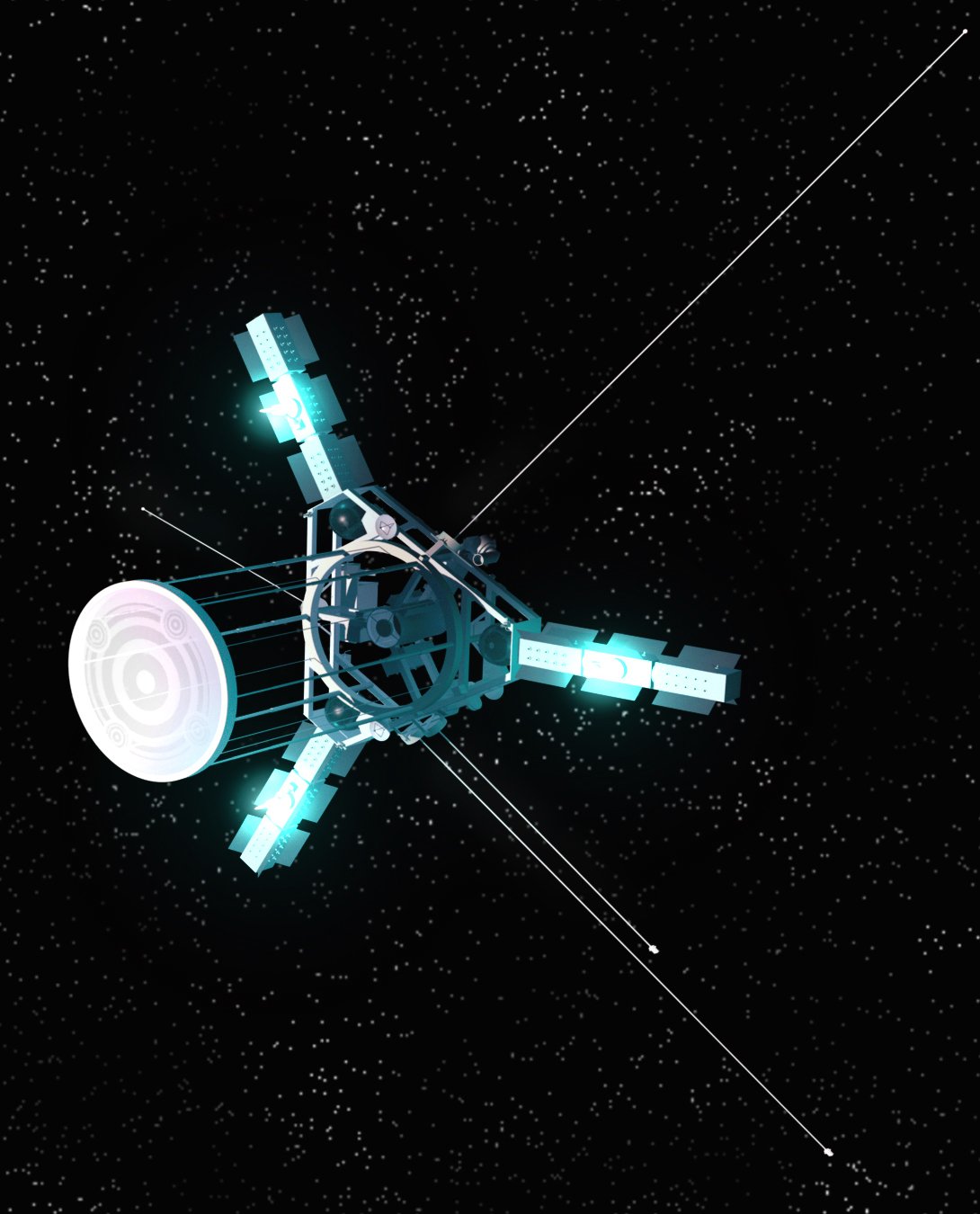
What if we could send a spacecraft to another star system within our lifetime? Breakthrough Starshot is attempting to do exactly that by developing tiny spacecraft the size of computer chips, propelled by powerful laser beams to 20% the speed of light. These “StarChips” would reach Proxima Centauri, our nearest stellar neighbor, in just 20 years rather than the tens of thousands of years required by conventional spacecraft. The technology sounds like science fiction, but it’s based on real physics and engineering principles that are rapidly advancing. If successful, these miniature probes could send back the first close-up images of planets orbiting other stars, potentially including Earth-like worlds that might harbor life.
The Search for Life Beyond Earth

Every one of these missions shares a common thread: the search for life beyond our home planet. Whether it’s Europa’s hidden ocean, Mars’ ancient riverbeds, or Titan’s organic chemistry, scientists are following the water and organic compounds that make life possible. The discovery of even microbial life elsewhere in the universe would represent one of the most significant scientific breakthroughs in human history. These missions are equipped with increasingly sophisticated instruments capable of detecting biosignatures – chemical signatures that indicate the presence of living organisms. The next decade could very well be remembered as the time humanity first discovered we’re not alone in the cosmos.
Revolutionary Propulsion Technologies
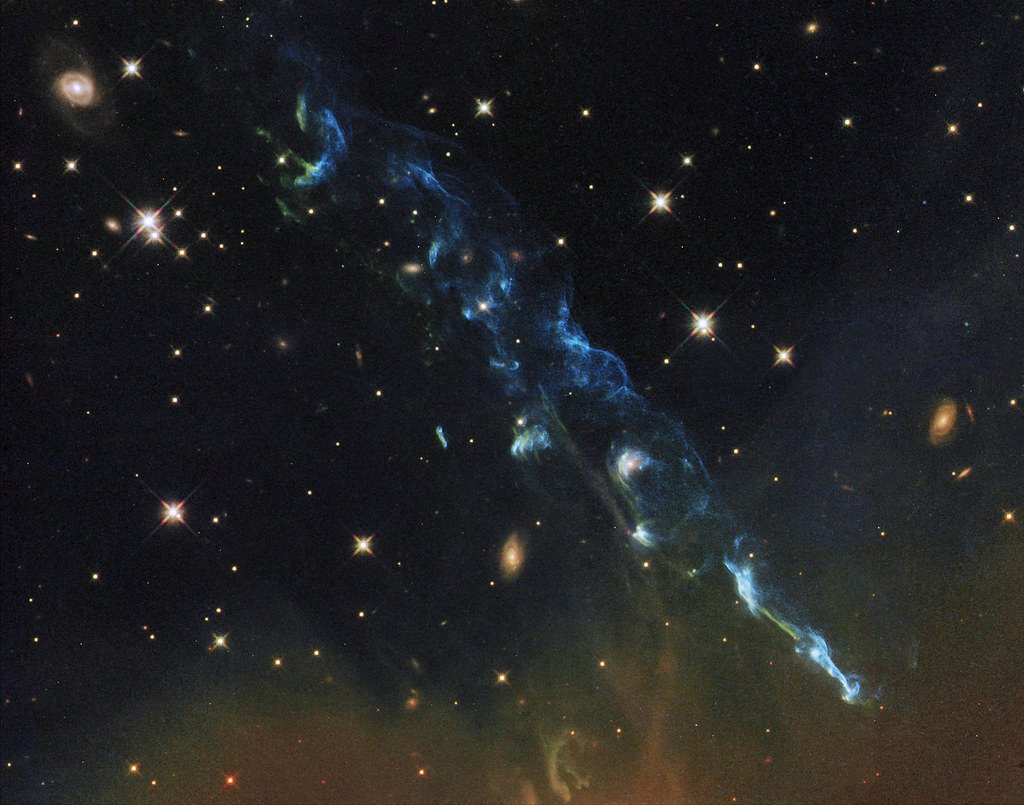
Getting to these distant worlds requires revolutionary new propulsion systems that make current rockets look like horse-drawn carriages. Solar sails that catch the pressure of sunlight, ion drives that accelerate particles to incredible speeds, and even theoretical fusion rockets are being developed and tested. These advanced propulsion systems will dramatically reduce travel times to the outer planets and make previously impossible missions routine. The European Space Agency’s BepiColombo mission to Mercury is already using ion propulsion, while Japan’s IKAROS spacecraft successfully demonstrated solar sailing technology. Future missions might even use nuclear pulse propulsion or breakthrough concepts like the EmDrive, though these remain highly experimental.
The Economics of Space Exploration

These ambitious missions represent investments of tens of billions of dollars, but they’re also driving the creation of entirely new industries and economic opportunities. The space economy is projected to reach $1 trillion by 2040, fueled by everything from satellite internet to asteroid mining. Private companies like SpaceX, Blue Origin, and dozens of smaller firms are dramatically reducing the cost of reaching space while increasing the frequency of launches. This commercialization of space is making previously impossible missions economically feasible and creating a positive feedback loop where success breeds more investment and innovation. The technologies developed for these missions often find applications on Earth, from medical devices to advanced materials.
International Collaboration in the Final Frontier

Space exploration has become humanity’s greatest collaborative effort, bringing together nations that might otherwise be at odds. The International Space Station proved that countries could work together on complex technical projects, and these new missions continue that tradition on an even grander scale. The Mars Sample Return mission involves NASA, the European Space Agency, and contributions from multiple other nations. Even geopolitical rivals find common ground when it comes to exploring the cosmos, suggesting that space exploration might be one of humanity’s best tools for building lasting peace and cooperation. These partnerships also distribute the enormous costs and risks of space exploration while combining the best expertise from around the world.
Artificial Intelligence and Autonomous Exploration

The vast distances involved in space exploration mean that real-time control from Earth is impossible for most missions. Modern spacecraft are becoming increasingly autonomous, using artificial intelligence to make critical decisions without human intervention. The Perseverance rover on Mars can analyze rocks and decide which ones to sample, while the James Webb Space Telescope automatically adjusts its instruments based on observing conditions. Future missions will push this autonomy even further, with AI systems capable of conducting complex scientific experiments and even repairing themselves when things go wrong. This technology is essential for missions to the outer solar system, where communication delays with Earth can be hours long.
The Role of Private Companies in Space Exploration

Private companies are no longer just supporting government space agencies – they’re leading missions of their own and revolutionizing how we explore space. SpaceX’s reusable rockets have dramatically reduced launch costs, while companies like Planetary Resources are developing the technology to mine asteroids for valuable resources. Blue Origin is working on lunar landers and space habitats, while smaller companies are developing everything from satellite constellations to space-based manufacturing facilities. This private sector involvement is accelerating the pace of innovation and making space exploration more dynamic and entrepreneurial than ever before. The competition between companies is driving rapid technological advancement and cost reduction.
Challenges and Risks of Deep Space Missions
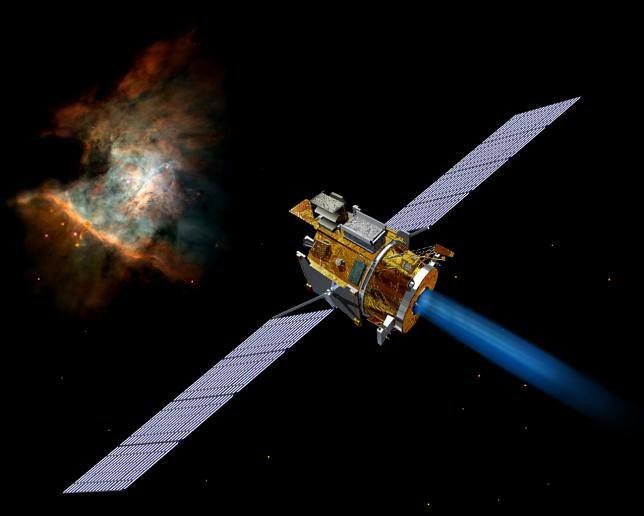
Space exploration remains one of humanity’s most challenging endeavors, with failure rates that would be unacceptable in most other fields. The harsh environment of space, with its radiation, extreme temperatures, and vast distances, destroys or degrades even the most carefully designed equipment. Communication delays mean that problems must often be solved autonomously by the spacecraft itself, sometimes years away from any possibility of human intervention. The complexity of these missions means that a single component failure can doom an entire multi-billion-dollar project, as happened with the European Space Agency’s Schiaparelli lander on Mars. Despite these risks, the potential rewards of these missions make them worth pursuing, and engineers are constantly developing new ways to make spacecraft more reliable and resilient.
The Impact on Earth-Based Technology

The technologies developed for space exploration have a remarkable tendency to find applications in everyday life on Earth. The miniaturization required for spacecraft electronics led to the development of computer chips, while NASA’s work on life support systems contributed to water purification technology used in developing countries. The James Webb Space Telescope’s infrared detectors are now being used in medical imaging, while Mars rover technology has inspired new designs for autonomous vehicles. Future missions will likely generate breakthroughs in materials science, energy storage, and artificial intelligence that will benefit humanity long after the missions themselves are complete. This technological spillover effect makes space exploration one of the best investments in human advancement.
Preparing for Human Missions to Mars
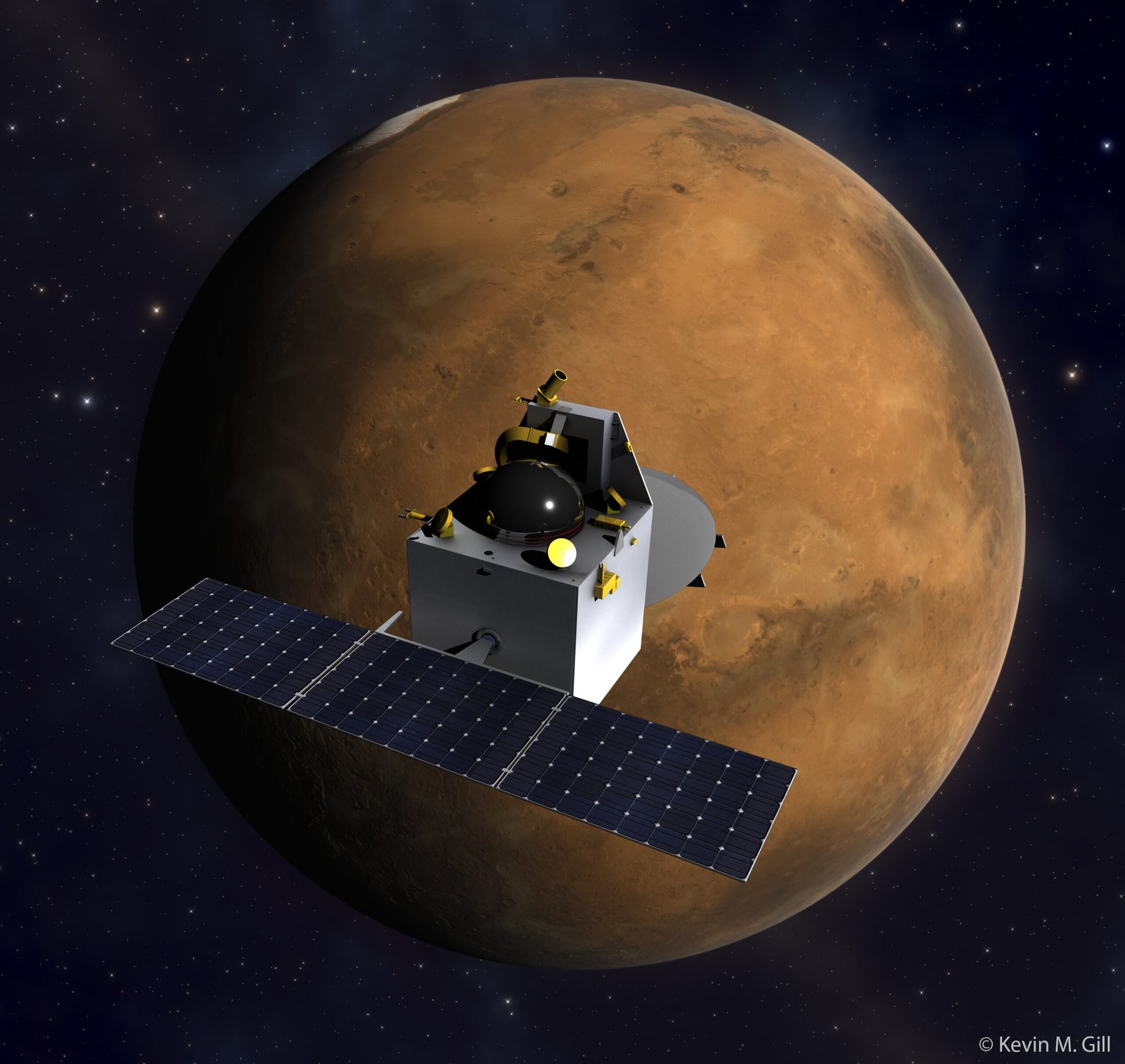
While robots are leading the way, the ultimate goal of many of these missions is to prepare for human exploration of Mars and other worlds. The Artemis program is explicitly designed as a stepping stone to Mars, testing technologies and procedures that will be essential for long-duration missions to the Red Planet. Understanding the Martian environment through robotic missions is crucial for designing life support systems, landing procedures, and habitats that will keep human explorers alive. The psychological and physiological challenges of long-duration spaceflight are also being studied through missions to the International Space Station and future lunar bases. Every robotic mission to Mars brings us closer to the day when humans will walk on its surface.
The Future of Space Exploration

These seven missions are just the beginning of humanity’s expansion into the solar system and beyond. Current plans include missions to Uranus and Neptune, sample return missions from multiple moons, and even interstellar probes that will travel to nearby star systems. The success of these missions will determine which worlds humanity explores next and how quickly we can establish a permanent presence beyond Earth. Advanced propulsion systems currently in development could reduce travel times to the outer planets from decades to years, while closed-loop life support systems could enable permanent human settlements on Mars and other worlds. The next century could see humans living and working throughout the solar system, with these seven missions serving as the crucial first steps in that incredible journey.
The universe is vast, mysterious, and waiting for us to explore it. These seven missions represent humanity at its best – curious, ambitious, and determined to push beyond the boundaries of what’s possible. Each one carries the hopes and dreams of our species, along with the cutting-edge technology that makes those dreams achievable. Whether they discover life on Europa, bring Martian rocks back to Earth, or send humans back to the Moon, these missions will shape our understanding of the cosmos and our place within it. The next decade promises to be the most exciting time in the history of space exploration. What discoveries are waiting out there for us to find?


